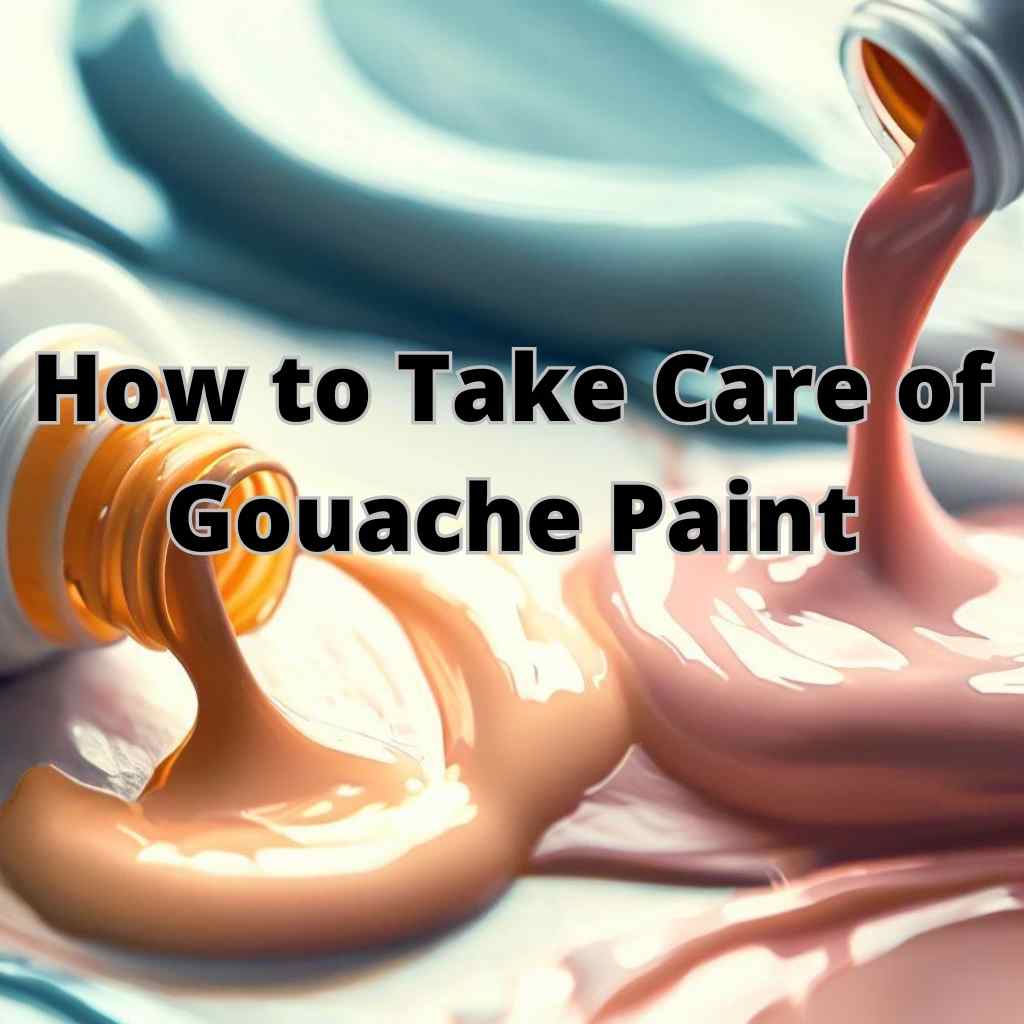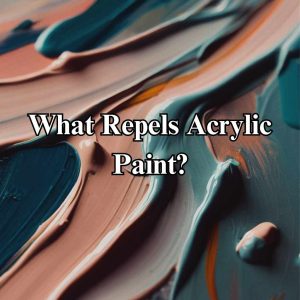Are you an aspiring artist who has recently discovered the mesmerizing world of gouache paint?
Before you embark on your creative journey, it’s important to understand that taking care of gouache paint is an essential aspect of your artistic practice.
Without proper care, your precious paints can quickly lose their brilliance and become frustrating to work with.
In this post, we will guide you through the ins and outs of how to take care of gouache paint, ensuring that your artistic endeavors are met with long-lasting colors, smooth application, and endless possibilities.
So, let’s dive in and explore the world of gouache paint care together, empowering you to create your masterpieces with confidence and finesse.
How to Take Care of Gouache Paint: Tubes
Taking care of your gouache paint tubes is crucial for preserving their quality and ensuring they remain vibrant and usable for future artwork. Here are some essential tips on how to store and handle gouache paint tubes effectively:
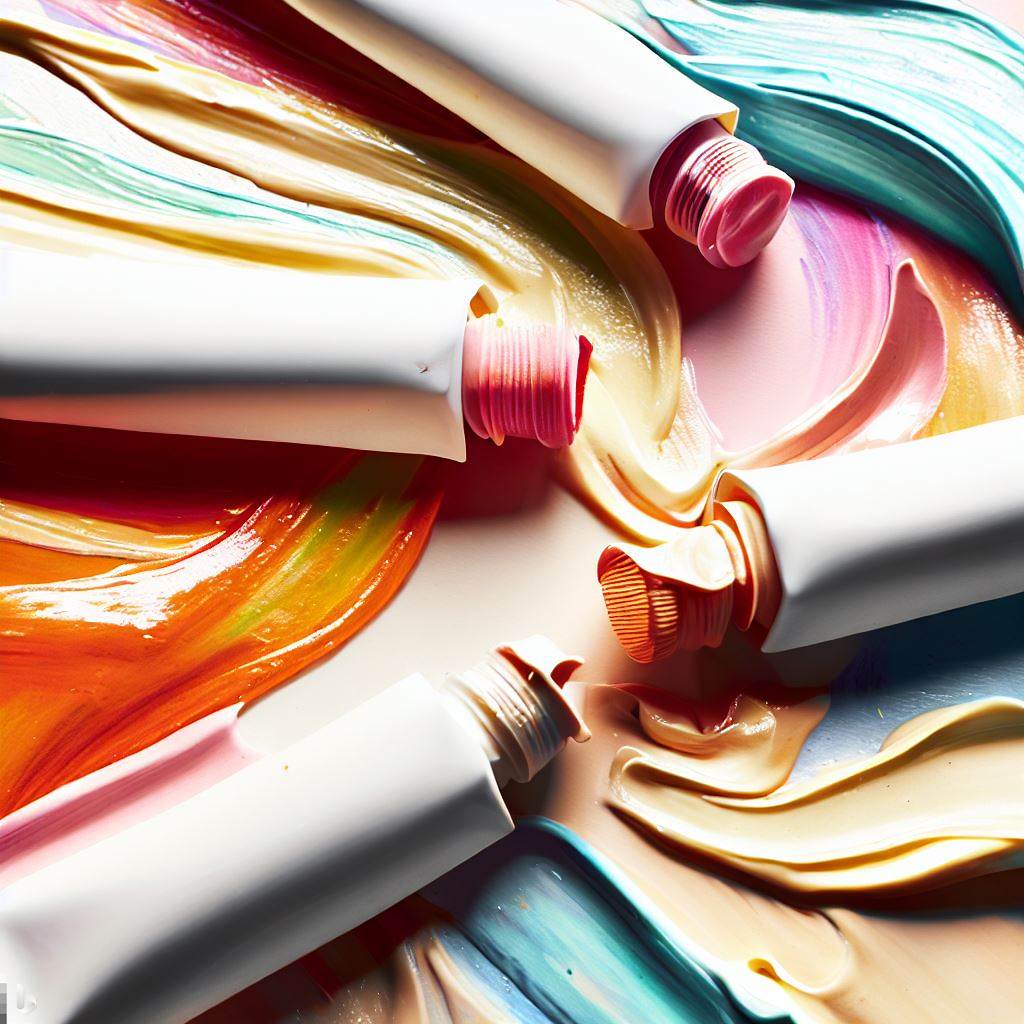
Seal the deal
When you’re finished using a tube of gouache paint, make sure to seal it properly. Start by wiping any excess paint from the tube’s opening using a clean cloth or paper towel.
Then, gently squeeze the tube from the bottom, pushing the remaining paint towards the cap. This process helps remove any air bubbles and ensures a tight seal, preventing the paint from drying out.
Stand tall
To maintain the consistency and quality of your gouache paint, store the tubes in an upright position. This helps prevent the paint from settling or separating.
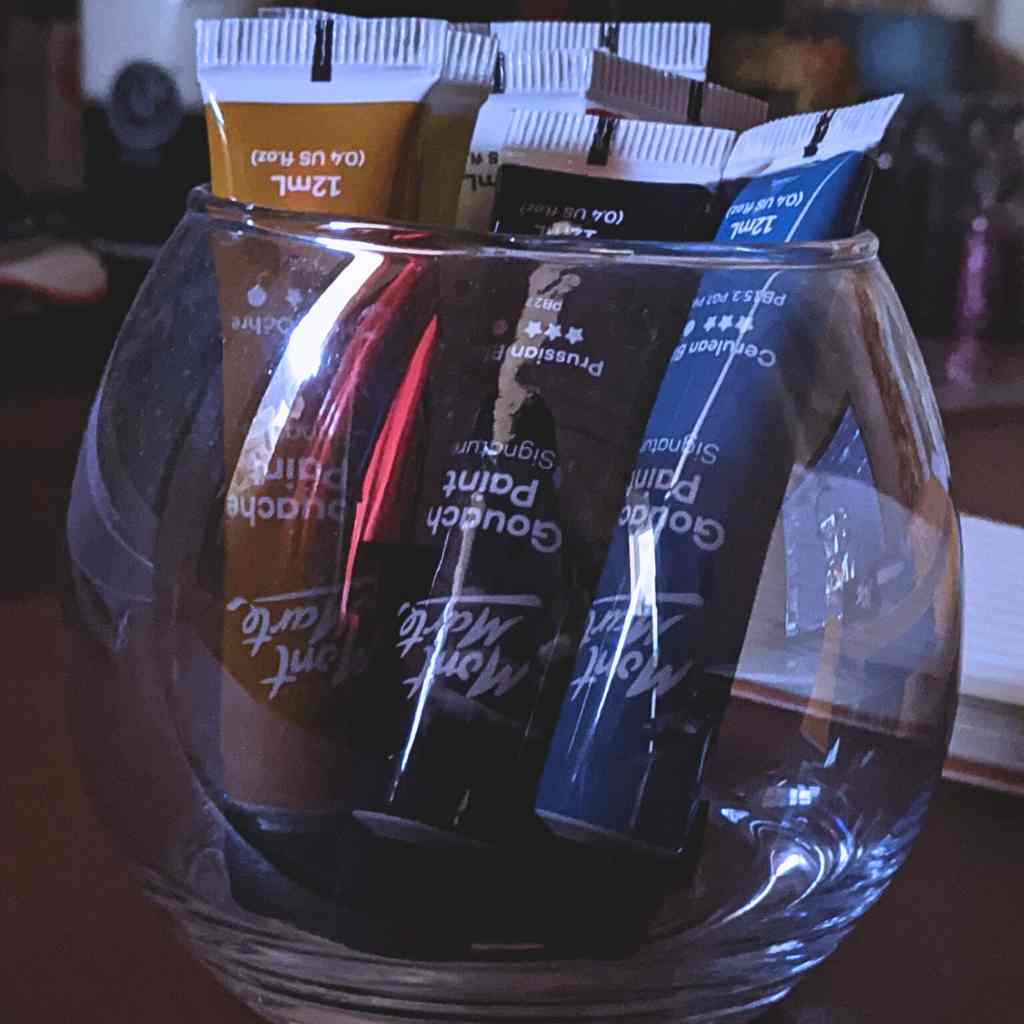
Keeping them in an upright position
Additionally, storing them upright reduces the risk of leakage, as the cap remains at the top where it’s tightly sealed. If you have a large collection of gouache tubes, consider using a storage box or rack designed specifically for paint tubes.
This will keep them organized and easily accessible while providing a stable environment.
Contamination prevention
Gouache paint can be easily contaminated, affecting the quality of your artwork. To prevent this, avoid touching the inside of the tube cap or the tube opening with your fingers or any other objects.
Contamination can introduce unwanted particles or moisture into the paint, leading to color shifts or mold growth. Use a clean brush or palette knife to scoop out the desired amount of paint instead.
Wipe it clean
Before sealing the tube, take a moment to wipe off any paint residue on the outside of the tube. This simple step helps keep your paint collection clean and organized.
By removing excess paint, you prevent the tubes from becoming sticky or attracting dirt and dust.
Cool and dry
Gouache paint tubes should be stored in a cool, dry place away from direct sunlight and extreme temperatures. Heat can cause the paint to become too soft or even separate, while cold temperatures may affect its consistency.
Aim for a storage area with stable room temperature to preserve the paint’s texture and color intensity.
Check for damage
Regularly inspect your gouache paint tubes for any signs of damage. Cracks, leaks, or dried paint around the cap are indications that the tube may be compromised.
If you notice any damage, it’s best to replace the tube to ensure the quality and longevity of your paint collection.
How to Take Care of Gouache Paint: Palette
Gouache paint palettes need different kinds of care than the tubes. To keep your gouache paint palettes in optimal condition, follow these essential care tips:
Types of palettes suitable for gouache paint
Choosing the right palette for your gouache paint is essential, as it affects your painting experience and the longevity of your colors. There are various types of palettes suitable for gouache, including ceramic, porcelain, and acrylic palettes.
- Ceramic and porcelain palettes
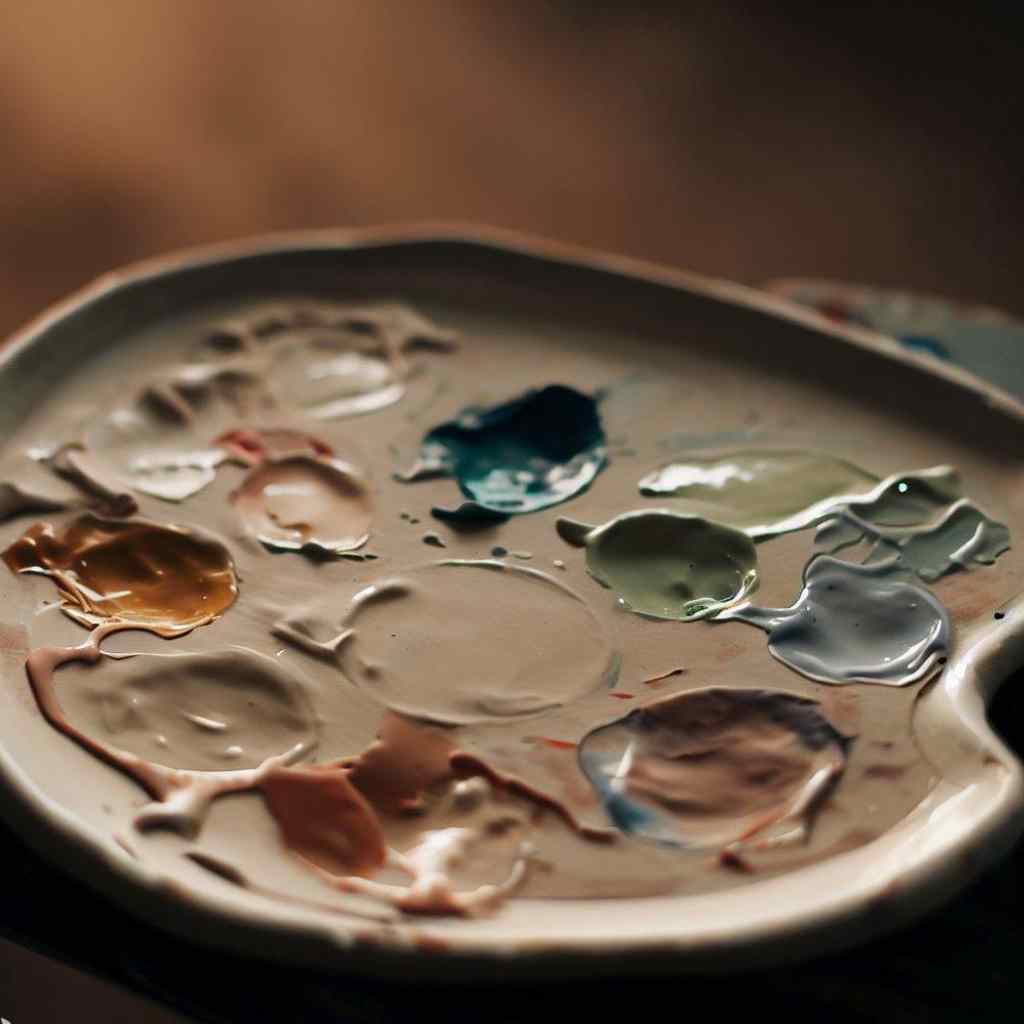
Ceramic and porcelain palettes are popular choices for gouache painting due to their smooth, non-absorbent surfaces. They allow the paint to remain workable for a longer period and make it easier to mix and blend colors. These palettes are also relatively easy to clean, as dried gouache can be scraped off without damaging the surface.
- Acrylic palettes
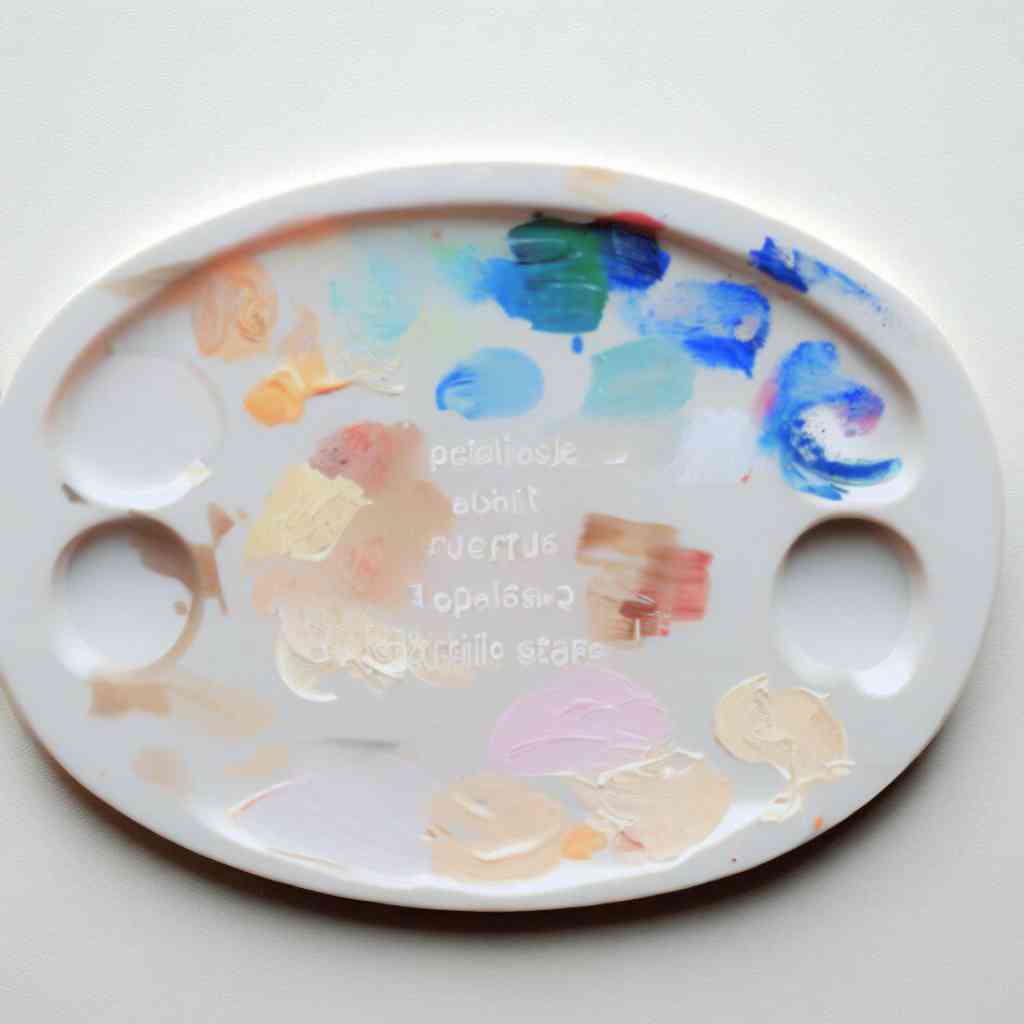
Acrylic palettes are another option, especially for artists who prefer a lightweight and portable solution. They have a slick surface that allows for easy color mixing and quick cleanup. However, acrylic palettes tend to dry out the paint faster, so you may need to mist the surface with water periodically to keep the gouache moist.
Cleaning and maintaining your palette
Cleaning and maintaining your palette is crucial for preserving the integrity of your gouache colors.
After each painting session, remove any leftover paint by gently scraping it off with a palette knife or a plastic card. Avoid using abrasive materials that could scratch the palette’s surface.
To clean your palette thoroughly, use warm water and mild soap or a dedicated palette cleaner. Gently scrub the surface using a soft brush or sponge.
Rinse well and wipe it dry with a clean cloth. Make sure there are no traces of paint or soap residue left on the palette before your next painting session.
Mixing and storing colors on the palette
When mixing colors on the palette, be mindful of how much gouache you squeeze out. It’s best to start with small amounts and mix more as needed to minimize waste.
If you have excess mixed colors on the palette, cover them with a damp paper towel or plastic wrap to keep them from drying out too quickly.
To preserve mixed colors for an extended period, consider using airtight containers or palette sealing systems. This helps prevent the paint from drying out, allowing you to use the colors in future painting sessions without the need for remixing.
Troubleshooting Common Gouache Paint Issues
Gouache paint is a delightful medium, but occasionally, you may encounter certain issues that can hinder your artistic process.
Here are some common problems that may arise when working with gouache paint and their corresponding troubleshooting tips:
Cracking or flaking paint
If your gouache paint is cracking or flaking once dry, it may indicate insufficient binder or excessive water content.
To address this, ensure you are using quality gouache paints and mix them with enough water to achieve a creamy consistency. Avoid applying thick, undiluted layers, as they can lead to cracking.
Applying an isolation coat or using a suitable varnish can also help protect the paint layers.
Reviving dried gouache paint
If your gouache paint has dried up in the tube or palette, it can be disheartening.
To revive it, spritz a small amount of water onto the paint and let it sit for a few minutes. Then, use a palette knife to gently mix and rehydrate the paint.
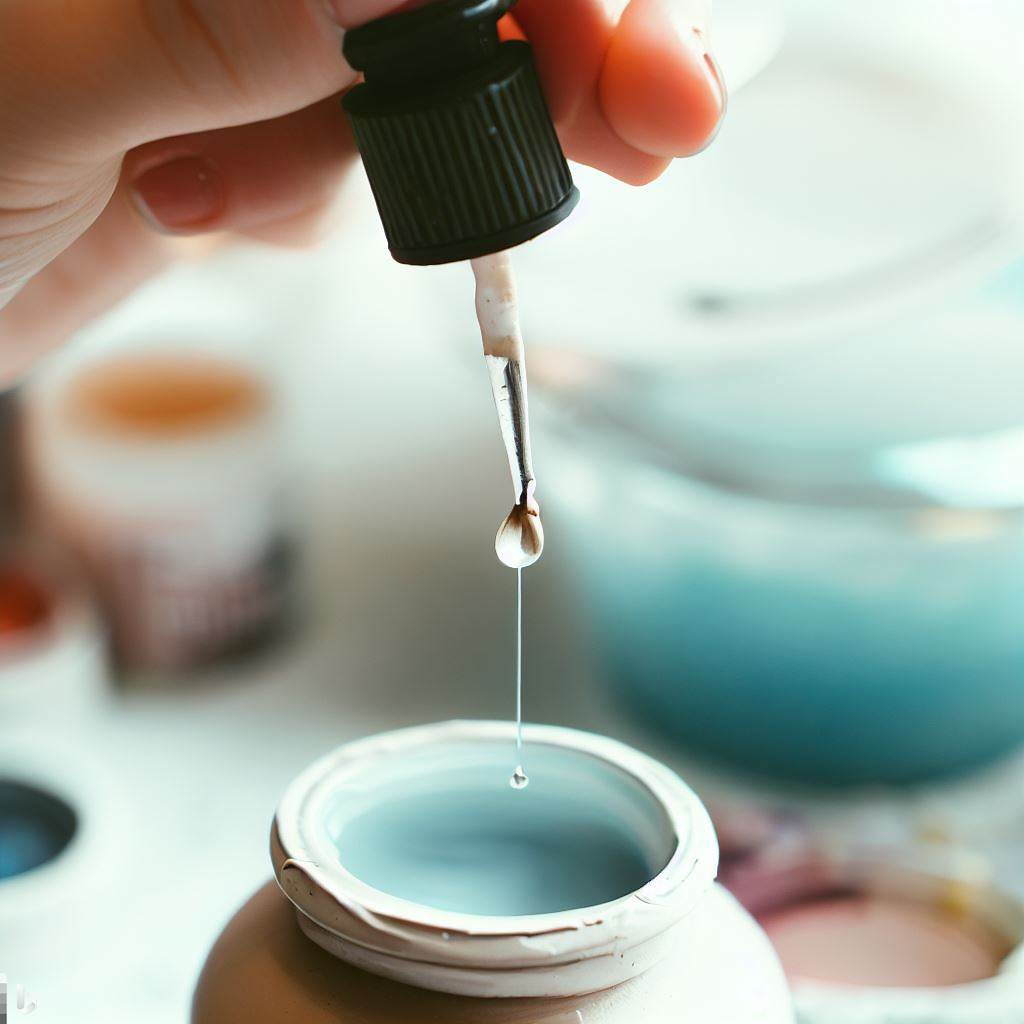
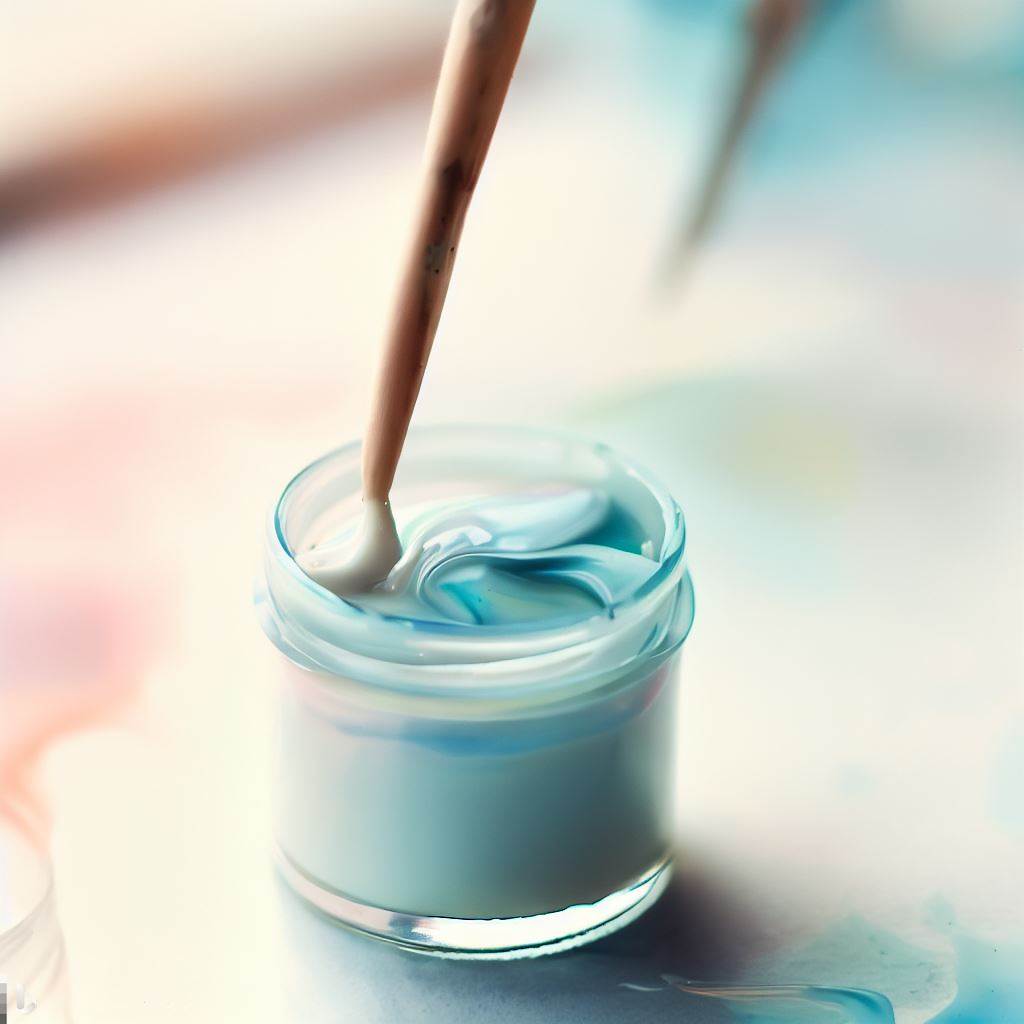
Adding a small amount of water
Mixing them together
However, note that reactivated paint may have a slightly altered texture and may require additional mixing.
Learn more about reactivating gouache to save your paints.
Color shifting or fading concerns
Gouache paint colors can sometimes shift or fade over time, especially when exposed to direct sunlight or poor-quality pigments.
To mitigate this issue, use lightfast and high-quality gouache paints from reputable brands.
Additionally, consider framing your artwork with UV-resistant glass or using a protective varnish to shield it from harmful UV rays.
Traveling with Gouache Paint
For artists on the go, taking your gouache paints with you can open up a world of creative possibilities.
Whether you’re exploring new landscapes or attending art workshops, here are some valuable tips for traveling with gouache paint:
- Portable solutions: Invest in a compact and sturdy art kit or a dedicated travel palette designed for gouache paints. These often come with built-in mixing wells and secure closures to prevent leaks and spills during transportation.
- Protecting and packing supplies: Safeguard your gouache paints by placing them in airtight containers or plastic bags to prevent accidental opening or leakage.
Additionally, use protective cases or holders for your brushes to maintain their shape and prevent damage.
- Tips for painting on the go: Choose lightweight and portable surfaces, such as small watercolor sketchbooks or pre-cut watercolor paper sheets, for your gouache paintings.
Consider using a collapsible water cup and a compact water spray bottle for convenient paint dilution.
Tips for Gouache Paint Care and Efficiency
Taking care of your gouache paints not only prolongs their lifespan but also enhances your painting experience.
Here are some valuable tips to ensure the care and efficiency of your gouache paints:
Use the necessary amount of paint
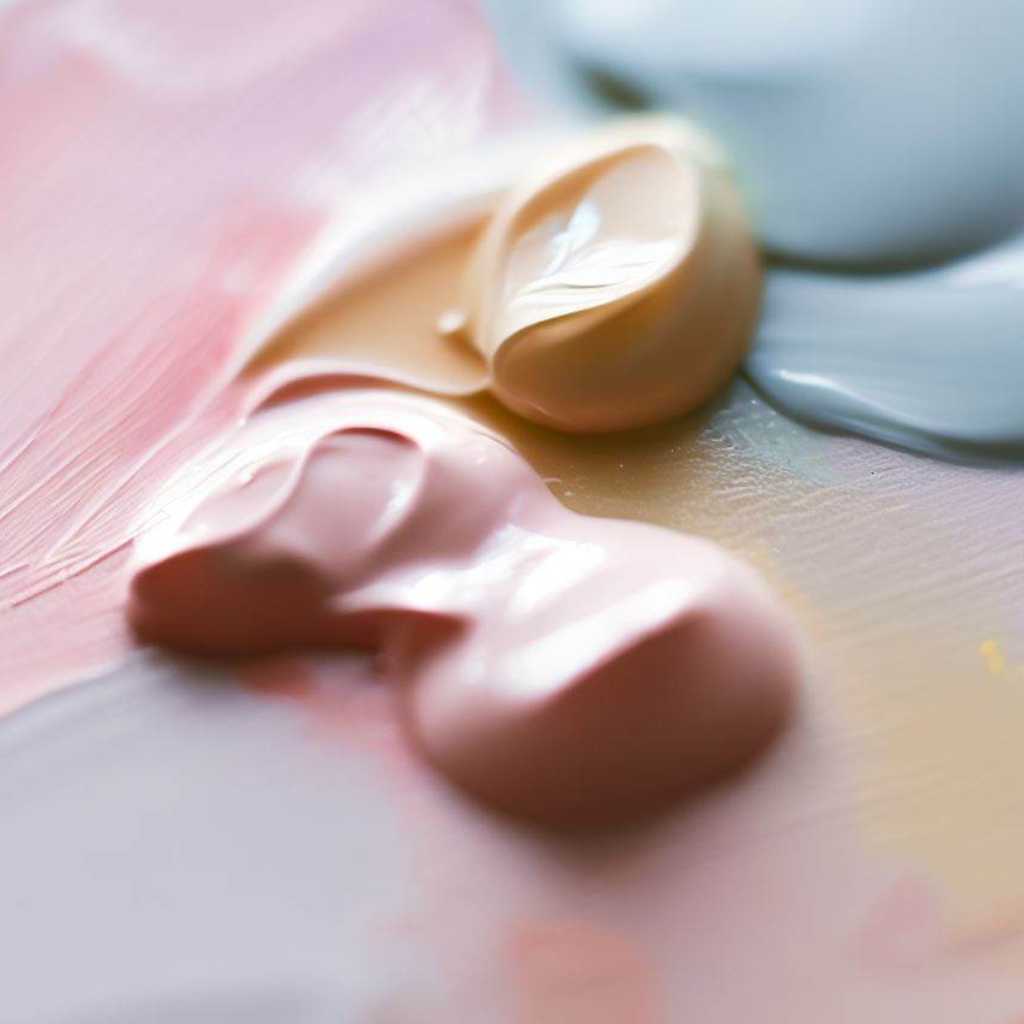
Mixing small amounts of gouache
Gouache paints have high pigmentation, so start with small amounts and gradually add more as needed.
This approach prevents wastage and allows you to have better control over color saturation and consistency.
Clean brushes and palettes during painting sessions
Regularly clean your brushes and palettes while working to maintain color accuracy and prevent unwanted mixing.
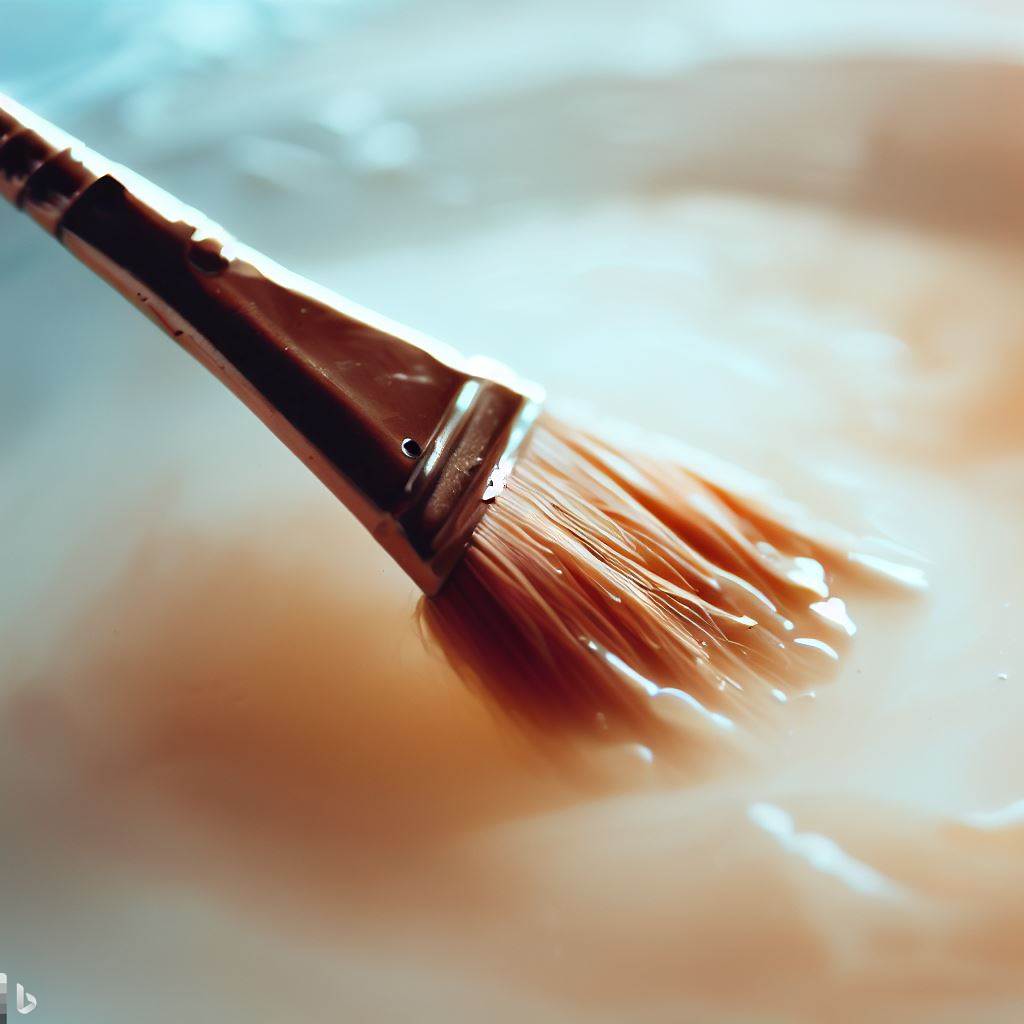
Cleaning brushes thoroughly
Rinse your brushes thoroughly between color changes, and clean your palettes with a damp cloth or palette knife to remove excess dried paint.
Properly close paint tubes
After using gouache paint, ensure the tubes are tightly closed to prevent air exposure and drying. Squeezing from the bottom of the tube towards the cap helps remove excess air and ensures a secure seal.
Rotate paint tubes
To prevent one area of the paint tube from drying out, periodically rotate the tube by gently squeezing and redistributing the paint inside. This practice helps maintain consistency and prevents the formation of dry or crusty areas.
FAQs
- Can I revive dried gouache paint?
Yes, you can revive dried gouache paint to some extent. Spritz a small amount of water onto the dried paint and let it sit for a few minutes to rehydrate. Then, gently mix the paint with a palette knife or a brush to restore its consistency. However, keep in mind that reactivated paint may have a slightly altered texture and might require additional mixing.
- How do I remove stains from my palette?
To remove stains or dried paint from your gouache paint palette, dampen a cloth or sponge with warm water and mild soap. Gently scrub the palette surface to loosen the stains or dried paint, and then rinse with clean water. For stubborn stains, you can use a palette knife to scrape off the dried paint. Avoid using harsh chemicals or abrasive materials that could damage the palette.
- Does gouache paint have an expiration date or shelf life?
Gouache paint does not have a specific expiration date, but its shelf life can vary depending on factors such as the quality of the paint and storage conditions. Generally, gouache paints can last for several years if stored properly in a cool and dry environment. However, over time, the paint may become less vibrant or the texture may change. It’s best to use fresh gouache paints for optimal results.
- What is the best way to store gouache paint tubes?
The best way to store gouache paint tubes is to keep them in an upright position. This helps prevent air from entering the tubes, which can cause the paint to dry out. You can store the tubes in a box or a dedicated storage case to protect them from light and keep them organized. Remember to keep the storage area cool and dry to maintain the quality of the paint.
- How do I prevent contamination when using multiple colors on my palette?
To prevent color contamination when using multiple colors on your palette, consider using separate wells or areas for each color. This allows you to keep the colors distinct and prevents them from unintentionally mixing together. Clean your brush thoroughly between color changes and use a palette knife to scrape off any excess mixed paint from the palette surface.
Conclusion
In closing, mastering the art of taking care of gouache paint is essential for artists who want to preserve the quality and longevity of their artwork.
The how to take care of gouache paint guide has provided you with valuable insights into the proper techniques and practices required to maintain your gouache paints and materials.
Remember, the key to maintaining the quality of your gouache paint lies in proper storage, cleanliness, and preservation techniques.
Whether you are storing opened tubes, organizing your art supplies, or extending the shelf life of your paint, each step contributes to the overall care and efficiency of your creative process.
Now armed with this newfound knowledge, go forth and unleash your artistic potential with confidence.

